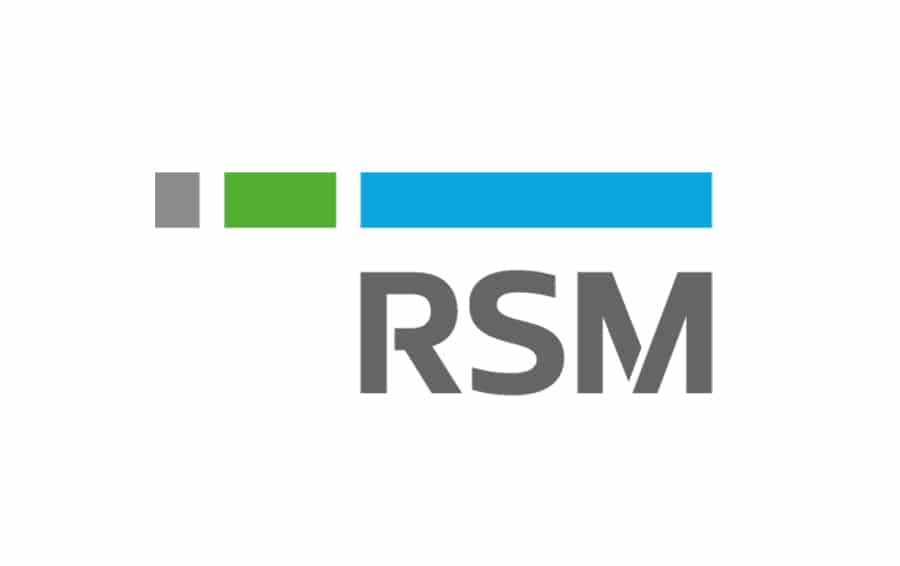Commenting on the January ONS retail sales data, which showed a slight increase in retail sales volumes of 1.9%, Jacqui Baker, partner and head of retail at RSM UK, said: ‘It seems Covid restrictions easing has offset any huge hit from the cost of living crisis with an increase in retail sales of 1.9%. This was mainly driven by household goods and department store sales which were up by 7.5% and 7.1%, respectively. Food sales were down by 2.3% with consumers treating themselves to more meals out than dining at home.
‘January is a notoriously slow month, but after muted Golden Quarter due to the Omicron surge we are seeing a small rebound in consumer spending, but the cost of living crisis means that this uplift in sales might not last.
‘Consumer confidence is at its lowest level in 12 months, footfall is down, and mounting price inflation may curb future spending as fear of soaring energy costs, higher mortgage repayments and increased petrol prices eat into household budgets. This all lands ahead of a pinch point as retailers will face increased costs from 1 April with average hourly rates and national insurance both increasing, at a time when the remaining Covid support measures come to an end.
‘The next few months will undoubtably be tough for UK retailers, so it will be interesting to see if the Government will step in and announce new measures to ease the cost of living crisis for consumers and introduce urgent business rates reform in next month’s Spring Budget. This would allow confidence to return; give retailers the chance to recover; and prevent further distress across the sector after a slow start to the year post-Omicron.’
Thomas Pugh, economist at RSM UK, added: ‘Low and falling unemployment combined with strong nominal wage growth would normally be a strong setting for consumer spending and retail sales. However, the surge in energy prices, which is likely to see household bills increase by 54% in April, along with higher fuel prices and an increase in national insurance contributions means that real wages, which take inflation into account, and real household disposable income are both likely to fall by a little over 1% in 2022. The saving grace is that household balance sheets are in an extremely strong position so households can borrow or dip into their huge pile of savings to offset the impact from higher inflation. Indeed, the value of retail sales rose by 16.5% y/y in January, compared to an increase in volumes of 9.1% y/y, suggesting that consumers are willing to spend more to maintain their consumption. We still expect consumer spending to grow by more than 5% y/y in 2022.’






